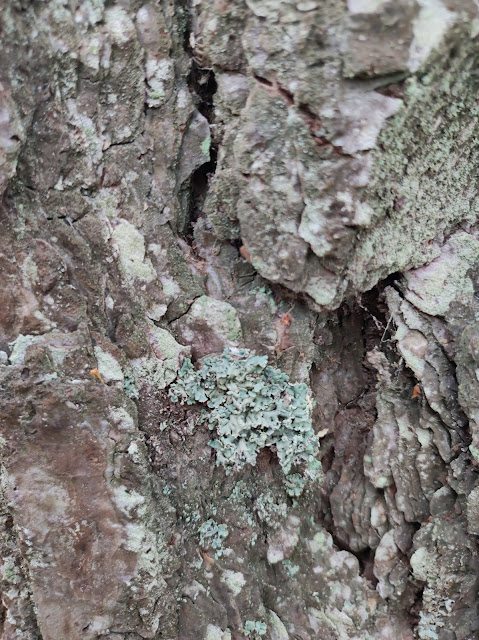Thallus foliose 6-10 cm diameter, appressed,
lobes hollow inside, ascending at the tips, grey-green, glossy. Soralia labriform.
Lower surface black, without rhizines, brown at the margin of the lobes.
Reproduction: mainly by soreida, apothecia very rare.
Reproduction: mainly by soreida, apothecia very rare.
Habitat: mainly on acid barks; also on
bryophytes, plant debris, soil or siliceous rocks; hygrophilic.
Parmeliaceae, Lecanorales,
Lecanoromycetidae, Lecanoromycetes, Pezizomycotina, Ascomycota, Fungi.
Location: Vall de la Pena, Paratge Natural d'Interès Nacional de Poblet, Vimbodí i Poblet (Conca de Barberà)
Location: Vall de la Pena, Paratge Natural d'Interès Nacional de Poblet, Vimbodí i Poblet (Conca de Barberà)
Ethnolichenology: Hypogymnia physodes is often used as bioindicator of
air pollution. Mixed with Evernia prunastri and
Pseudevernia furfuracea as “Lichen Quercinus virides”, a popular drug in the
15th century in Europe (SENFT, E., 1911. The so-called "Lichen
Quercinus virides". Pharm. Post. 43: 1017-1019).



No comments:
Post a Comment
Note: Only a member of this blog may post a comment.